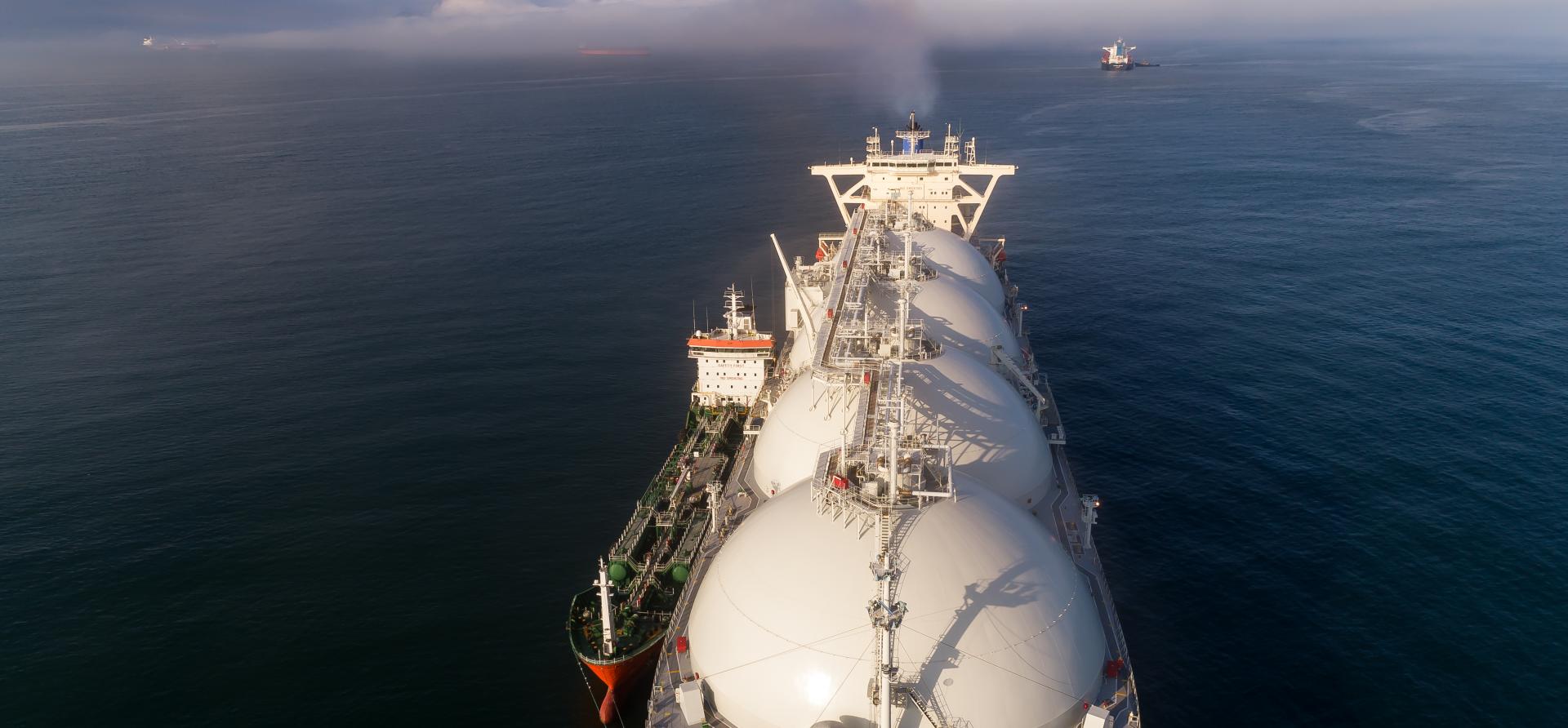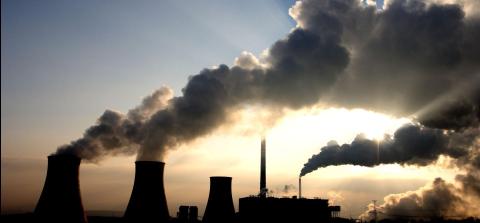
Key Findings
Forecasting agencies have begun revising estimates of medium-term LNG demand growth downward.
Countries are responding to high LNG prices by shifting to alternative energy sources, which could negatively impact long-term LNG industry outlooks.
Lower demand amongst potential Asian growth markets hinders the financial prospects of new export infrastructure in the US and elsewhere.
Executive Summary
The global liquefied natural gas (LNG) industry has long counted on robust demand growth from Asia to justify its worldwide expansion plans. Prior to 2022, mainstream forecasts projected that more than half of global LNG demand growth through 2025 would come from developing economies in South and Southeast Asia.
But a tumultuous year in global LNG markets has eroded these expectations. Sustained high prices and competition for limited supplies have undermined the economic case for LNG and cut LNG sales in Asia.
Meanwhile, a renewed interest in domestically-sourced alternatives to imported LNG in the power sector is offering an economically competitive offramp from LNG-to-power projects throughout the region. Should LNG price spikes and volatility continue over the next several years, downward pressures on Asian LNG demand are likely to accelerate, permanently impairing long-term LNG demand growth.
High prices and unreliability of supply are undermining industry-driven narratives that LNG is a viable “bridge fuel” from coal.
High prices and unreliability of supply are undermining industry-driven narratives that LNG is a viable “bridge fuel” from coal. Demand forecasting agencies are taking note. In its latest gas market update, the International Energy Agency (IEA) was blunt:
“Today’s record prices and supply disruptions are damaging the reputation of natural gas as a reliable and affordable energy source, casting uncertainty on its prospects, particularly in developing countries where it had been expected to play a growing role in meeting rising energy demand and energy transition goals.”
The IEA now expects natural gas demand to shrink year-on-year (y/y) in 2022, with 60% less demand growth through 2025 than in the previous five-year period. In the first seven months of 2022, LNG imports in Asia have fallen more than 6% y/y.
This dramatic shift can be traced directly to Europe’s surging demand for LNG. European nations have turned to LNG to reduce dependence on Russian pipeline imports, sparking a bidding war for limited global LNG supplies that has made it impossible for some developing nations to obtain LNG at an affordable price. The Russian invasion of Ukraine has exacerbated LNG price spikes and procurement challenges.
Many market analysts anticipate buying activity in Asia will simply recover once new supply capacity comes online and prices fall. But significant new global LNG supply capacity is not expected online until 2026, meaning that the market could remain tight for the next several years.
Continuous demand growth at persistently high prices will likely prove fiscally unsustainable for emerging markets. Efforts to reduce LNG dependence and shift toward alternative energy sources in the medium-term could negatively impact longer-term LNG demand growth forecasts.
Financiers and investors in new LNG projects must watch closely. On the import side, unaffordability of LNG and fuel supply insecurity may cause new import terminals to go unused, resulting in potentially billions of dollars in stranded assets. For example, as long as unaffordable LNG prices and procurement challenges persist, US$96.7 billion dollars of proposed LNG-related infrastructure projects in Pakistan, Bangladesh, Vietnam, and the Philippines will face a heightened risk of underutilization or cancellation.
For new LNG export projects, uncertain demand growth undermines the need for liquefaction assets. In mature markets like Japan and South Korea, demand forecasts rely on well-defined seasonal patterns, weather, and storage levels, among other factors.
With emerging markets, however, demand forecasting is based on a different set of variables. For example, will countries be able to obtain and afford LNG? Will import projects be completed on schedule or face regulatory barriers and delays?
These uncertainties are particularly relevant in such a tight, volatile market. Rapid LNG demand growth, especially in emerging Asia, is not a given when LNG prices are uncompetitive with domestic energy alternatives. If prospective demand does not materialize, exporters may find themselves with a smaller pool of buyers, which could ultimately mean lower prices and lower than anticipated profit margins for LNG exporters when new liquefaction projects come online.
















